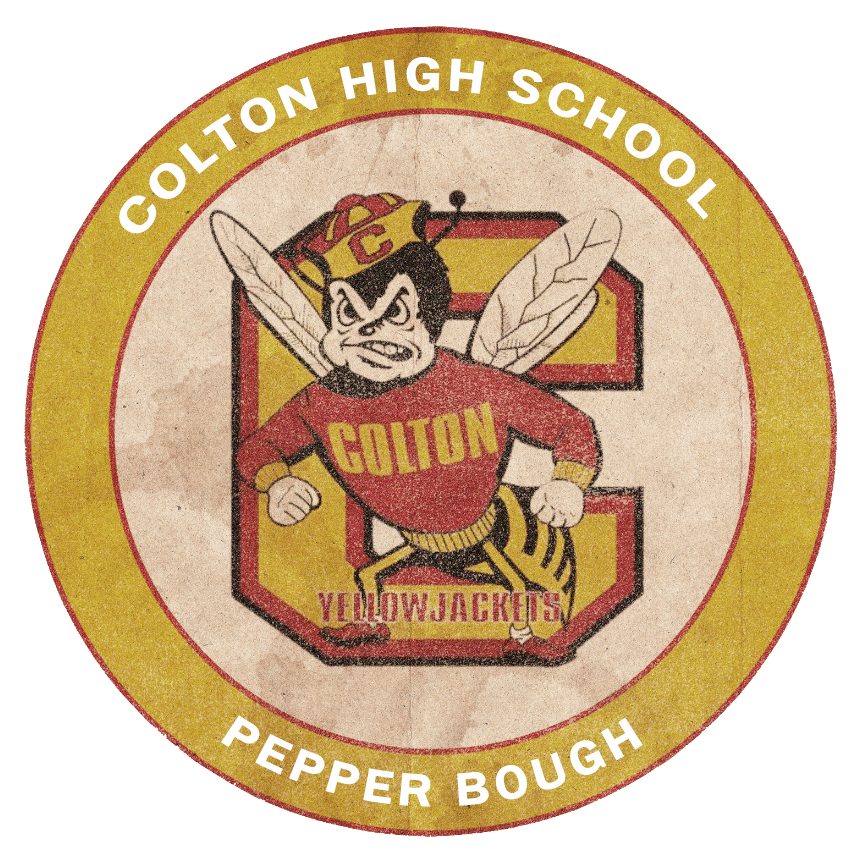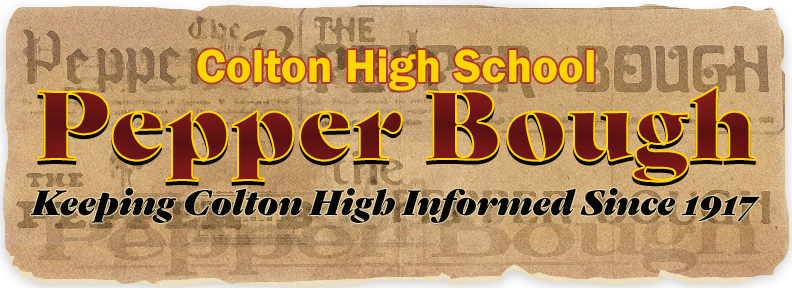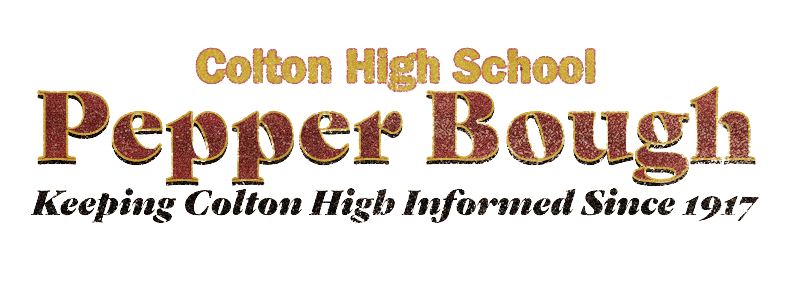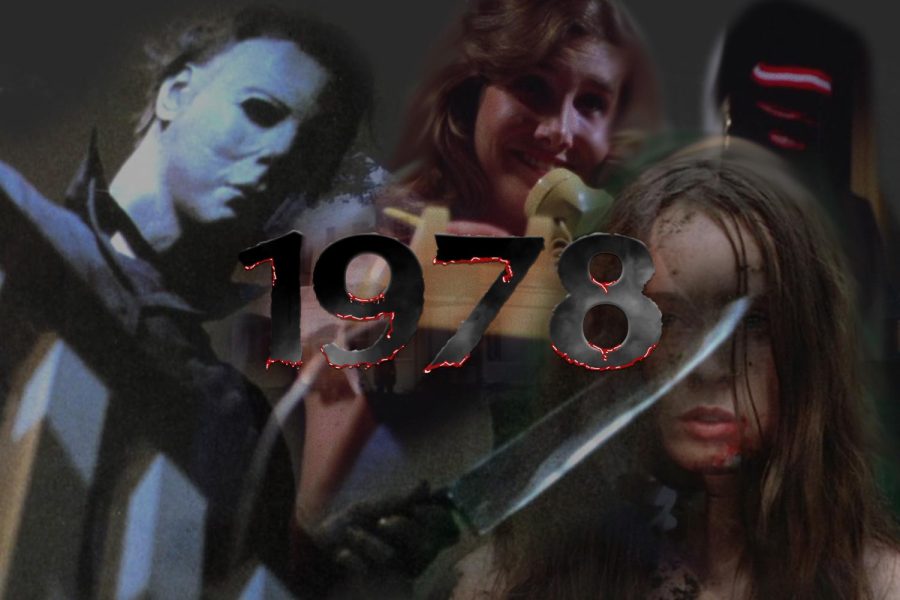The Best Years of Horror: 1978
Michael Myers defines a brand new type of horror and on the indie side of the genre, things get grisly
1978 was another landmark year for horror, both in the wider culture and in the indie world. Featured here are “Halloween,” “I Spit on Your Grave,” and “The Toolbox Murders.”
In many ways, the 70s defined the horror genre as a whole. In 1978 specifically, the successful release of “Halloween” greatly popularized the slasher cliche seen in many horror films.
Although “Halloween” set the bar for many horror movies to come after it, there were also a few other films that shouldn’t go without being mentioned.
Halloween
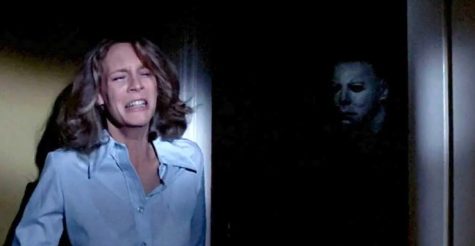
When you think of Halloween, you’ll always associate it with Michael Myers from John Carpenter’s film. The success of 1978’s “Halloween” kicked off the slasher boom of the 70s and 80s. Without Michael Myers, we wouldn’t have Jason, Freddy, Ghostface, or even Chucky. This was also the birth of the “final girl” trope. Michael Meyers paved the way for all slashers after him with things like holding a knife, wearing a mask, and always being hyper focused on one final girl.
For those who haven’t watched it, “Halloween” starts off by telling the pitiful story of a young Michael Myers. On one Halloween night, when Michael was only six years old, he put his 17 year old sister to death and was quickly sent away to an asylum that he later escaped from. In the fall of 1978, upon his escape, Michael began to set out on stalking babysitters, one of which became the final girl, Laurie.
Although the movie was filmed over the span of roughly 20 days and on a low budget, its impact on horror is immeasurable. With that being said, I’d have to argue the thing that makes “Halloween” so special is just how influential it is. John Carpenter didn’t just dominate the horror genre but he also paved the way for many independent filmmakers. A staple to the film industry and a fan favorite for many generations, “Halloween” is a certified classic.
I Spit on Your Grave
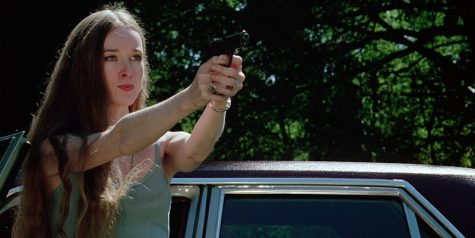
“I Spit on Your Grave” is, still till this day, highly controversial which is exactly what makes it remain relevant. To some, it may be perceived as a story of revenge. However, to a wide range of viewers, this film is seen as flat out horrible.
The film follows Jennifer Hills, a young female writer from Manhattan, who rents out a cottage in Connecticut where she plans to write her first novel. She attracted the attention of four men who began to plot and watch after her. Soon after her arrival, these men brutally attacked and raped the writer, leaving her to die. Although this part of the movie seemed to drag on, the director began to rebuild hope in the viewers when Jennifer started methodically killing her assaulters one by one.
Although it initially didn’t do so well at the box office, by 1981, it was declared the number one best selling video cassette. Despite the controversy, “I Spit on Your Grave” rose above angry critics and negative feedback and is still a cult classic for many.
The Toolbox Murders
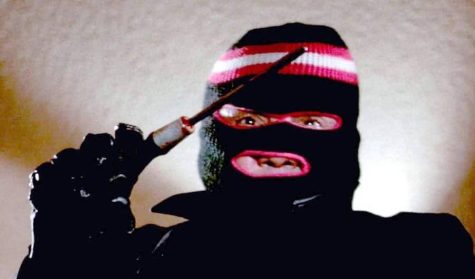
“The Toolbox Murders” is another, more realistic, slasher film of the 70s. Somewhat inspired by the release of 1974s The Texas Chainsaw Massacre, producer Tony Didio decided he’d like to make a low budget horror film which came to be The Toolbox Murders.
Based loosely on true events, this movie tells the story of a slasher who stalks and preys upon women living in a Los Angeles apartment complex. The twist to this story is that he doesn’t just kill at random. Given to the title, he methodically kills his victims all while utilizing tools from a toolbox. The people who find the bodies of these victims are all questioned and interrogated by police, this even includes the owner of the building, Vance Kingsley. In the opening scene of the movie, it’s shown that Vances daughter, Kathy, was killed in a car accident. It ends up being revealed that after being driven to complete insanity, Vance was the killer after all and he ended up not only killing many people but he also abducted a fifteen year old, Laurie, and held her hostage as a replacement for his daughter.
This film was widely criticized for being misogynistic which is often a complaint for horror movies. Nonetheless, it rose above the criticism and shortly after its release, the film earned $512,000 in 90 theaters across the United States. Although it may not have been as impactful as other movies from the 70s, I believe it is still worth mentioning.
Recently, the CHS Publications Department experienced a major theft as over $20,000 in photography equipment was stolen from our studio over Spring Break. This included all cameras. Any amount you donate will help rebuild our program. Thank you!

Kloe Gonzales is a junior at Colton High School. This is her second year writing for the Pepper Bough, and her first as an Editor.

